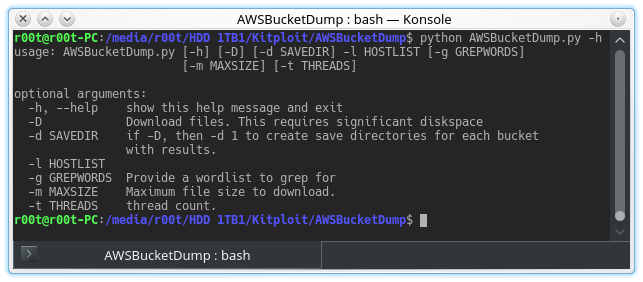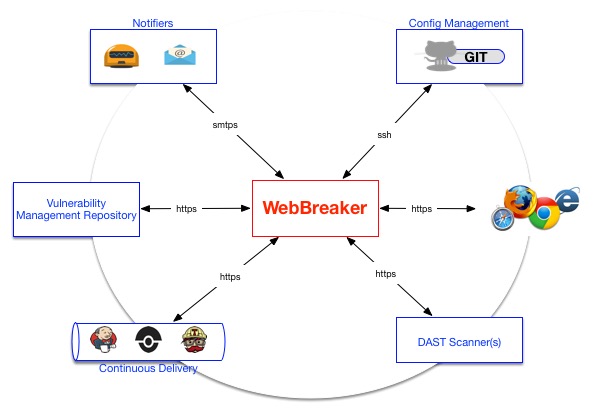Canada’s
electronic spy agency says it is taking the “unprecedented step” of
releasing one of its own cyber defence tools to the public, in a bid to
help companies and organizations better defend their computers and
networks against malicious threats.
The
Communications Security Establishment
(CSE) rarely goes into detail about its activities — both offensive and
defensive — and much of what is known about the agency’s activities
have come from leaked documents obtained by U.S. National Security
Agency whistleblower Edward Snowden and
published in recent years.
But
as of late, CSE has acknowledged it needs to do a better job of
explaining to Canadians exactly what it does. Today, it is pulling back
the curtain on an open-source malware analysis tool called Assemblyline
that CSE says is used to protect the Canadian government’s sprawling
infrastructure each day.
“It’s a tool that helps our analysts know
what to look at, because it’s overwhelming for the number of people we
have to be able to protect things,” Scott Jones, who heads the agency’s
IT security efforts, said in an interview with CBC News.
‘Super secret spy’ reputation
On the one hand,
open sourcing Assemblyline’s code
is a savvy act of public relations, and Jones readily admits the agency
is trying to shed its “super secret spy agency” reputation in the
interest of greater transparency.
But on the other, the agency is
acknowledging that, given the widening range of digital threats
affecting Canadians and Canadian businesses, it believes it has a more
public role to play in cyber defence than it has in the past.
“This is something new for CSE,” he says. It’s a fact not lost on longtime agency observers.
“They’re pushing the envelope in a way they haven’t quite before,” said Bill Robinson,
an independent researcher
who has studied CSE’s activities for more than two decades, and
recently joined the University of Toronto’s Citizen Lab as a fellow.
“It’s a big a change, a sea change for them in that way.”
The step
may be unprecedented for CSE, but not for its partners in the Five Eyes
— an intelligence-sharing alliance involving Australia, Canada, New
Zealand, the United Kingdom and the United States.
Both the
NSA and the
U.K.’s Government Communications Headquarters (GCHQ) have maintained
active projects on the code sharing repository GitHub in recent years.
‘A gift’ for companies
Assemblyline
is described by CSE as akin to a conveyor belt: files go in, and a
handful of small helper applications automatically comb through each one
in search of malicious clues. On the way out, every file is given a
score, which lets analysts sort old, familiar threats from the new and
novel attacks that typically require a closer, more manual approach to
analysis.
“There’s only so many ways you can hide malware within a
Word document,” said John O’Brien, who leads the development of the
tool, which first started in 2010. “So by looking for the hallmark of
that type of an attack, that can give us an indication that there’s
something in here that’s just off.”
Cybersecurity researcher
Olivier Bilodeau
says although there is overlap between Assemblyline and existing tools,
CSE’s contribution is that it has cobbled together many of the tools
that malware researchers already use into one platform, like a Swiss
Army Knife for malware analysis that anyone can modify and improve. And
it has demonstrated that Assemblyline can scale to handle networks as
large as the government’s.
Bilodeau — who leads cybersecurity research at the Montreal security company
GoSecure, and has developed
a malware research toolbox of his own
— says those attributes could make it easier for large organizations
such as banks to do more of the kind of specialized work that his
company does.
“They usually spend a lot of time fighting the
malware, but not a lot of time investing in malware fighting
infrastructure,” he said. “So this is definitely a gift for them.”
Spying on spies
The
possibility that CSE’s own tool could be used to detect spy software of
its own design, or that of its partners, is not lost upon the agency.
“Whatever
it detects, whether it be cybercrime or [nation] states, or anybody
else that are doing things — well that’s a good thing, because it’s made
the community smarter in terms of defence,” said Jones.
Nor does
he believe that releasing Assemblyline to the public will make it easier
for adversaries to harm the government, or understand how CSE hunts for
threats — quite the opposite, in fact.
“We believe that the benefits far outweigh any risks and that we can still use this to be ahead of the threat that’s out there.”

















































